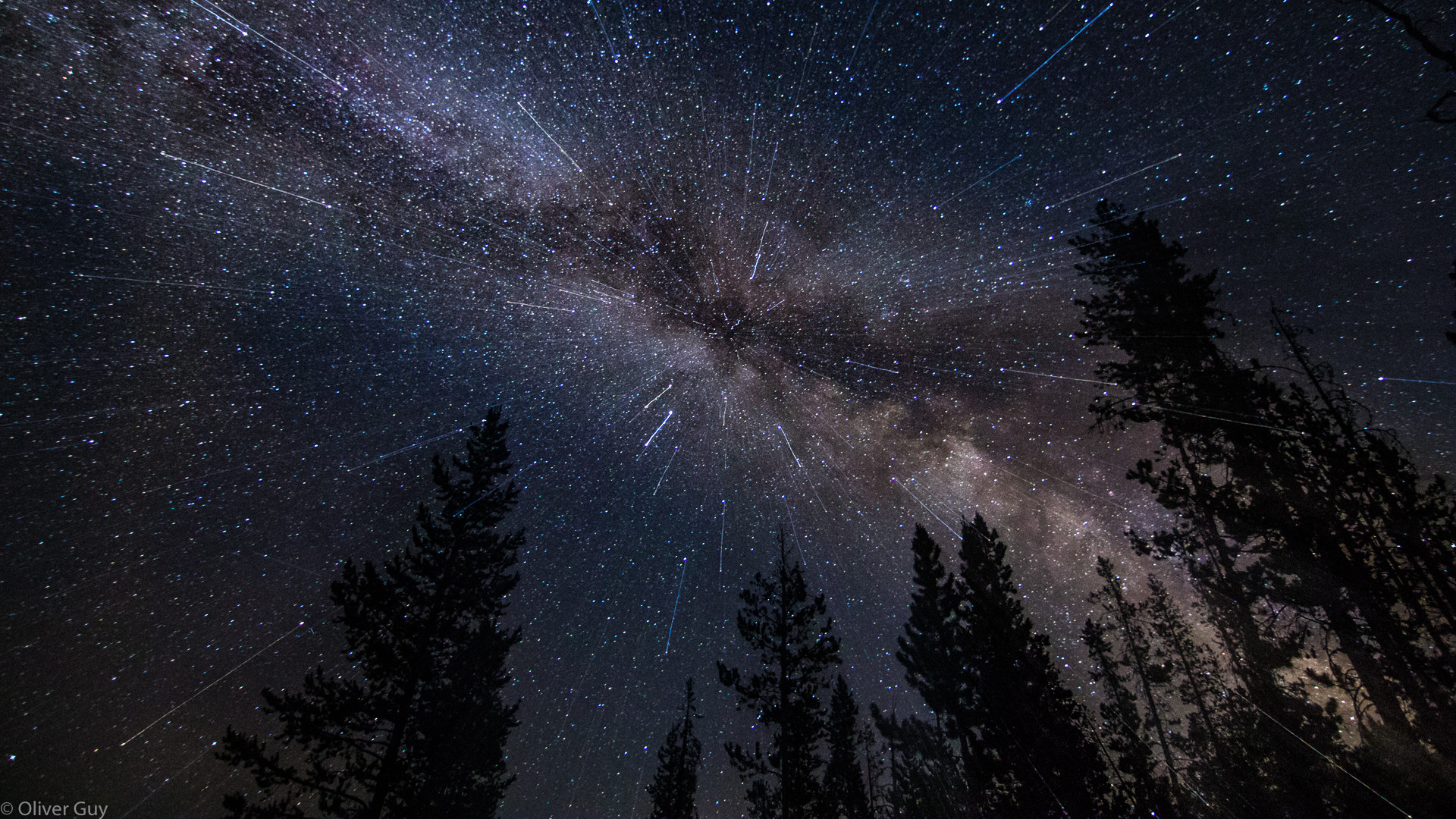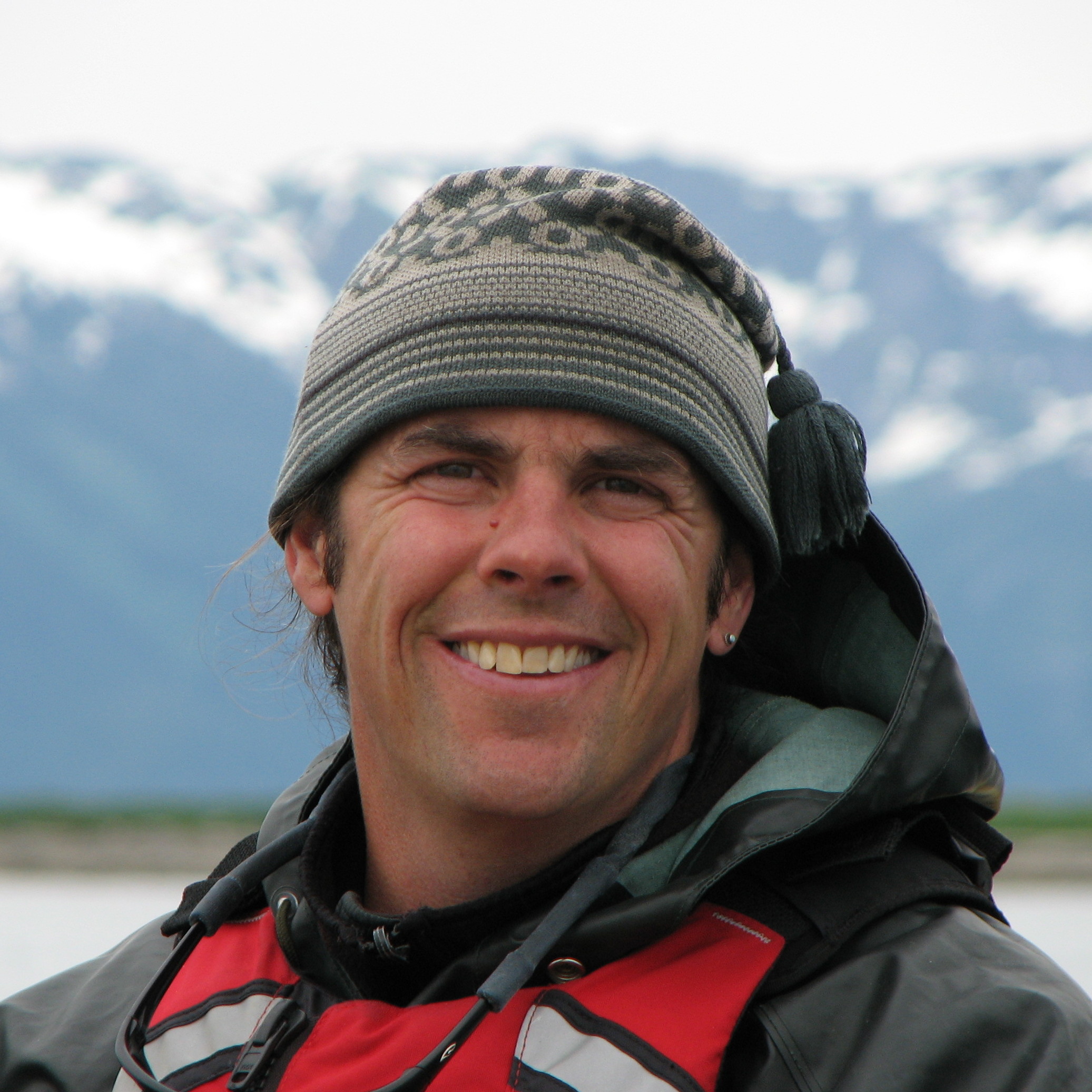With August comes the Perseid meteor shower, that time of year when Earth passes through a cloud of cometary dust and gravel that can produce hundreds of shooting stars in a single night. The annual phenomenon reminds us that all of humanity resides upon a single stone hurtling through space at breathtaking speed. Closer to home, it also reminds us of the growing problem of light pollution, which each year prevents most Americans from seeing the Perseids and other common celestial events.
Fortunately, awareness of the value of natural darkness is building. One promising new development is the Central Idaho Dark Sky Reserve, an oasis of wilderness located about 150 miles east of Boise. Last December the reserve was recognized by the International Dark-Sky Association as the world’s 12th Dark Sky Reserve and the first designation of its kind in the United States. The reserve, which was years in the making, reflects collaboration among municipalities, land managers, private citizens and others. Their work demonstrates that communities can enjoy the modern benefits of well-lit lives without sacrificing the wonders of the night sky.
The new reserve spans over 1,400 square miles and includes the communities of Ketchum, Stanley and Sun Valley. Its heart is an expanse of remote national forest that encompasses the Sawtooth National Recreation Area and most of three federally designated wilderness areas. Vast and largely undeveloped, these public lands provide one of the best windows onto the universe in the contiguous U.S.
To qualify as a dark sky reserve, a place must have a remote core large enough to preserve an exceptional nocturnal environment, with nearly pristine views of the night sky. Just as important, public and private landholders must support the designation, and a buffer of surrounding communities must demonstrate commitment to preserving natural darkness. In the case of Central Idaho, years of coordination occurred between communities, county governments, private landowners, businesses, conservation groups and public land managers. The payoff came when the International Dark-Sky Association awarded the new reserve with a “gold tier” status, its highest rating.
At each reserve, stakeholders commit to reducing excessive lighting and investing in association-approved lighting technologies such as shields that prevent skyward glare. Municipalities and land management agencies also factor night sky protections into local infrastructure and long-range planning. And since voluntary compliance is the key to a reserve’s success, steady public outreach and education go toward boosting awareness of the value of natural darkness.
Light pollution has attracted growing attention and alarm in recent years. Research published in 2016 estimated that 99 percent of Americans live within its glare, and that 80 percent no longer experience the once-common view of the Milky Way. Health experts point out this excessive exposure to artificial lighting disrupts the human circadian rhythm, increasing our susceptibility to obesity, depression, dementia, cancer and other health problems. And our exposure to artificial lighting is increasing, through sprawling development, home lighting choices, and even the tendency to stare into the bright lights of our phones until we roll over to sleep each night.
Beyond well-established health effects, light pollution also deprives us of awe-inspiring encounters with stars and other heavenly bodies. For me, that realization dawned one September while camping in Montana’s Bob Marshall Wilderness. On that trip I saw bears, wolves, endangered bull trout and the wonders of a landscape enlivened by natural fire. But when I think back, my most vivid memory is of the purity of the night sky. Each night I lay on my back with my tent door open and my head in the grass, peering up at the universe. I’m sure I saw the 2,500 to 3,000 stars that experts say should be visible in a naturally dark sky. It was a novel experience for me, and I thrilled in seeing the same celestial bodies that our earliest ancestors used to cross the planet’s deserts and oceans, and that inspired generations of mythology, religion, art and science.
But preserving natural darkness is about much more than human health and experience. From plants to wildlife, dark nights are vital for sleep, migration, hunting, feeding, reproduction and much more. In Puget Sound, research found artificial lighting draws endangered juvenile Chinook salmon out of dark waters, increasing their exposure to predation. In Florida, streetlights lure young sea turtles off course as they try to navigate toward the safety of the ocean. Perhaps most famously, artificial lighting disorients migrating birds, who perish by the millions from collisions with buildings, increased predation or exhaustion from becoming lost in spheres of artificial light. Thus protected natural areas, including the Central Idaho Dark Sky Reserve, provide ecological havens for an array of species dependent on the dark.
Preserving natural darkness is the mission of the International Dark-Sky Association, founded in 1988. Their work builds global awareness, and their system of protective designations has real sway. Examples include their Dark Sky Communities, which include Ketchum, Idaho; Borrego Springs, California; and Flagstaff, Arizona, where well-attended star parties showcase how local cultures can reconnect to the night sky. The association’s Dark Sky Parks include over forty U.S. national parks committed to maintaining nocturnal environments, including Natural Bridges in Utah and Big Bend in Texas.
Federal land management agencies increasingly recognize the value of dark nights. In 2009, the National Park Service formed its Night Sky Team after construction of a prison threatened to spray light into California’s Pinnacles National Monument (now a national park). Today the team is active across the park system. In 2016 they helped Theodore Roosevelt National Park in North Dakota successfully negotiate for efficient lighting at a nearby crude oil loading facility. The U.S. Forest Service and other agencies also now list natural darkness as a measure for monitoring conditions in federally designated wilderness areas.
These initiatives demonstrate increased appreciation for natural darkness and the abundance of methods — many of them simple and cost-effective — for preserving it. In Idaho, which saw thousands of “astro-tourists” flock to view the 2017 solar eclipse, communities see dark-sky preservation as a potential economic boon. It also offers potentially swift and meaningful reductions in carbon pollution. After all, light pollution often represents wasted lighting — light that is cast up rather than down. Eliminating wasted lighting saves energy, and on a community level that savings can help make a difference for the climate.
As demonstrated in Idaho with the new dark sky reserve, individuals, businesses, communities and land managers can all play a role in reducing light pollution — and they should, as it would benefit the health and economies of their neighborhoods. A good place to learn more is the International Dark-Sky Association resources page, which features brochures, guides to dark-friendly light fixtures, links to research, materials for educators and more. The association also helped produce a model lighting ordinance, which offers key ways communities can take the steps that both preserve natural darkness and reduce energy costs.
Meanwhile, this month Earth is making its annual pass through the trail of Comet Swift-Tuttle, the source of the Perseid meteor shower. If the sky is clear and you can find a place free of artificial light, it’s an excellent opportunity to watch shooting stars, connect to your local night sky, and bask in its life-sustaining darkness.
© 2018 Tim Lydon. All rights reserved.
Previously in The Revelator:
Big Cities, Bright Lights: Ranking the Worst Light Pollution on Earth



